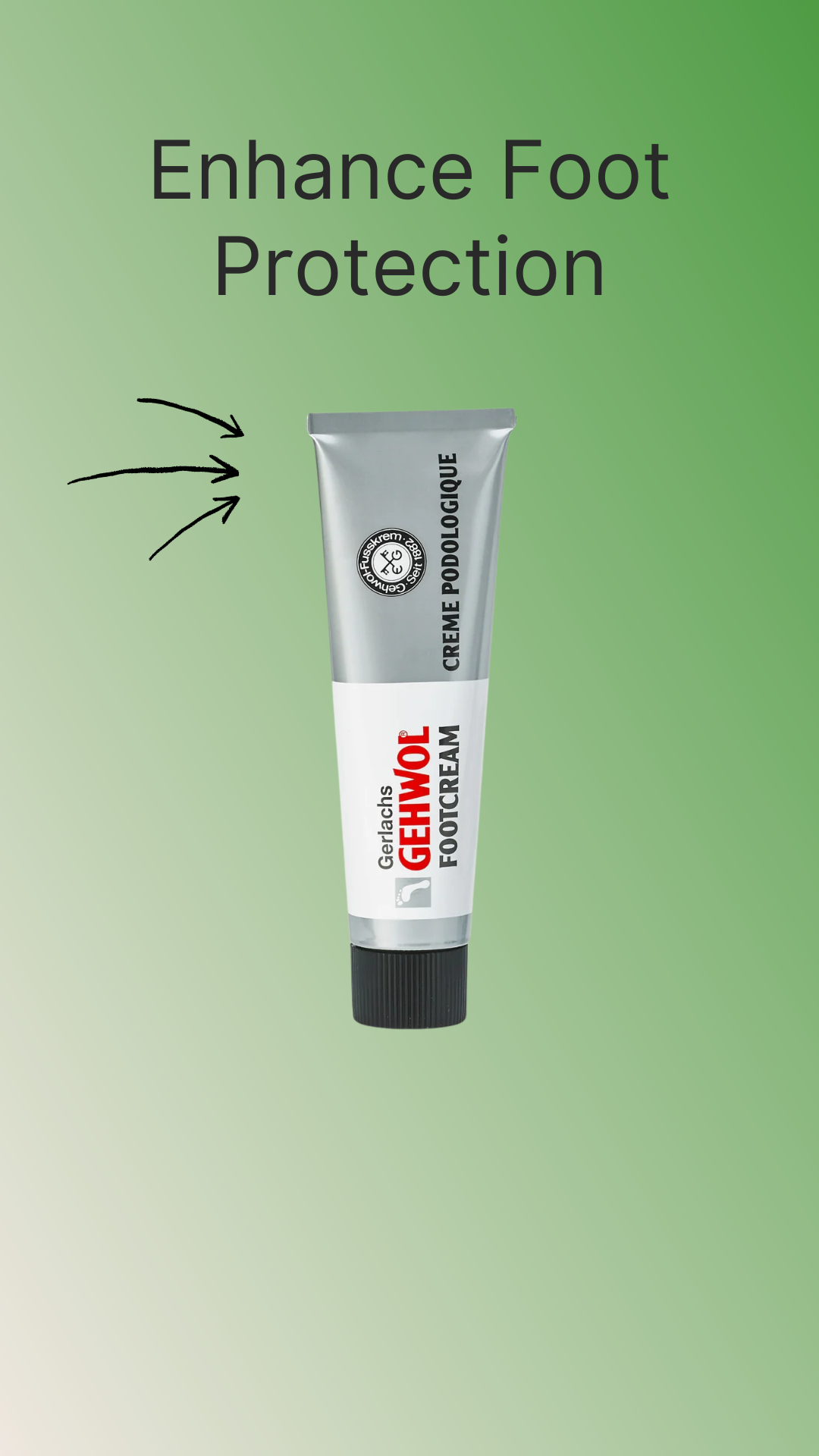Introduction
As we age, maintaining balance becomes more difficult. In the UK, falls are one of the most common causes of injury among the elderly, with balance disorders contributing significantly to the problem. These disorders can result from conditions like arthritis, neuropathy, Parkinson’s disease, stroke, or simply age-related muscle weakness.
The good news is that the right footwear can make a dramatic difference. Orthopedic shoes are designed with features that improve stability, reduce fall risk, and give elderly people the confidence to stay active and independent.
This article will explore why balance issues occur, what features to look for in orthopedic footwear, and how the best shoes for elderly people with balance disorders can promote safety and comfort.
Why Balance Disorders Affect the Elderly
Age-Related Muscle Weakness
As muscles lose strength, it becomes harder to maintain stable posture.
Neuropathy & Nerve Damage
Conditions like diabetes can cause numbness in the feet, making it harder to sense the ground.
Joint Conditions
Arthritis in the hips, knees, or ankles affects gait and increases instability.
Neurological Disorders
Parkinson’s, stroke, or dementia often impact coordination and balance.
Vision & Inner Ear Changes
Reduced vision and vestibular function make it harder to adjust to uneven surfaces.

Why Orthopedic Shoes Help with Balance
Wider, Non-Slip Soles
Provide a stable base that reduces wobbling and helps prevent slips.
Cushioned Support
Absorbs shock and reduces strain on weak joints, making movement smoother.
Rocker Bottom Soles
Encourage a natural walking motion, reducing tripping risk from shuffling steps.
Extra Depth & Width
Accommodate swelling, orthotics, or ankle-foot orthoses (AFOs) that support stability.
Lightweight Construction
Prevents fatigue, allowing elderly people to stay active for longer.
Key Features of Orthopedic Shoes for Balance Disorders
-
Wide, Stable Outsoles: Improve stability on smooth or uneven surfaces.
-
Non-Slip Grip: Prevent slips indoors and outdoors.
-
Supportive Arch & Heel Cushioning: Promote correct posture and alignment.
-
Seamless, Cushioned Interiors: Reduce irritation on sensitive skin.
-
Adjustable Fastenings (Velcro/Zips): Ensure a secure fit and prevent slipping inside the shoe.
-
Orthotic-Friendly Designs: Allow use of custom inserts or AFOs for additional balance support.
Everyday Benefits for the Elderly
-
Fall Prevention: Stable soles and grip reduce the risk of accidents.
-
Improved Confidence: Elderly people feel safer walking indoors and outdoors.
-
All-Day Comfort: Cushioned interiors prevent foot fatigue.
-
Independence: Easy-to-use fastenings make shoes manageable without assistance.
-
Adaptability: Suitable for different health conditions that affect balance.
Lifestyle Scenarios
At Home
Orthopedic slippers or house shoes with non-slip soles reduce the risk of falls on smooth floors.
Walking Outdoors
Wide soles and rocker bottoms make pavements, parks, and uneven paths safer.
Healthcare Visits
Supportive shoes provide stability for appointments, rehabilitation, or physiotherapy sessions.
Social Activities
Stylish orthopedic designs allow elderly people to maintain confidence at family gatherings or community events.
FAQ – Orthopedic Shoes for Balance Disorders
Q: Can orthopedic shoes cure balance disorders?
A: No. They can’t cure the underlying condition, but they can significantly improve stability and safety.
Q: Do elderly people with balance problems need special soles?
A: Yes. Wide, non-slip soles provide a secure base, reducing the chance of slips and trips.
Q: Are rocker soles safe for elderly people with balance issues?
A: Yes. Rocker soles encourage smoother steps and reduce the risk of tripping from shuffling gait.
Q: Should balance-improving shoes be worn indoors?
A: Absolutely. Supportive shoes indoors reduce fall risk on slippery floors.
Q: Can these shoes be worn with walking aids?
A: Yes. Orthopedic shoes pair well with canes, walkers, or frames to enhance safety.
Final Thoughts
Balance disorders are common among the elderly, but the right footwear can make a huge difference in safety, confidence, and independence.
The best orthopedic shoes for balance disorders in the elderly provide wide, non-slip soles, cushioned interiors, rocker bottoms, and secure fastenings. These features work together to reduce fall risk and improve comfort, helping older adults stay mobile in their daily lives.
At TDO Therapy, our orthopedic shoes are designed with stability and medical-grade comfort in mind—because better balance means better quality of life.



